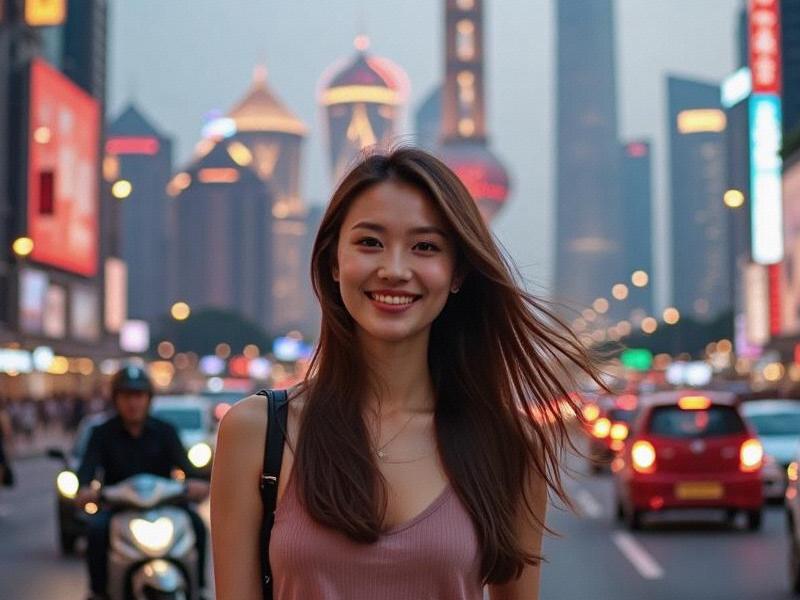This investigative report examines Shanghai's ambitious cultural infrastructure projects and creative ecosystem development that are positioning the city as Asia's new cultural powerhouse, rivaling traditional hubs like Tokyo and Hong Kong.

In the shadow of Shanghai's gleaming financial towers, a quiet cultural revolution is transforming the cityscape. As of mid-2025, Shanghai boasts 143 new cultural venues opened in the past three years alone, marking what urban planners are calling "the greatest concentration of cultural investment in China's modern history."
The West Bund area exemplifies this transformation. Once an industrial corridor along the Huangpu River, the 9.4-kilometer stretch now houses the densest concentration of art museums in Asia. The newly expanded Long Museum, Power Station of Art, and Tank Shanghai contemporary art center attracted over 6.7 million visitors last year, surpassing London's Tate Modern in annual attendance.
上海龙凤阿拉后花园 "This isn't just about building museums - we're creating an entire cultural ecosystem," says curator Fang Li, director of the West Bund Cultural Corridor Development Office. "Every major gallery now maintains a Shanghai outpost, and our art fairs rival Basel in transaction volume." Indeed, last November's West Bund Art & Design Fair reported $290 million in sales, signaling Shanghai's arrival as a global art market hub.
The performing arts scene has undergone equally dramatic changes. The newly completed Shanghai Grand Opera House, with its revolutionary acoustic design by Japanese architect Kengo Kuma, has hosted 27 world premieres since its 2024 opening. Smaller venues like the Black Box Theater in Jing'an District are nurturing experimental works that push creative boundaries.
上海龙凤论坛419
Creative industries now account for 12.7% of Shanghai's GDP, up from 8.3% in 2020. The M50 art district has expanded to include over 400 studios, while the Hongkou Film Park has become China's answer to Hollywood, producing 43% of domestically made films last year.
上海贵族宝贝自荐419 However, critics question whether quantity equals quality. "Many new institutions lack distinctive programming and rely too heavily on international blockbuster exhibitions," notes art professor Chen Yao from Tongji University. There are also concerns about the displacement of traditional communities, with the historic Tianzifang arts enclave facing commercial pressures from rising rents.
The municipal government's 2025-2030 Cultural Development Blueprint promises to address these challenges while doubling down on Shanghai's cultural ambitions. Plans include establishing Asia's largest digital art museum in Pudong and creating an "International Creative Talent Zone" with streamlined visa policies for foreign artists.
As Shanghai prepares to become UNESCO's next "City of Design," its cultural metamorphosis offers a case study in how global cities can reinvent themselves beyond economic metrics. The city that once symbolized China's commercial rise may well become its artistic soul.